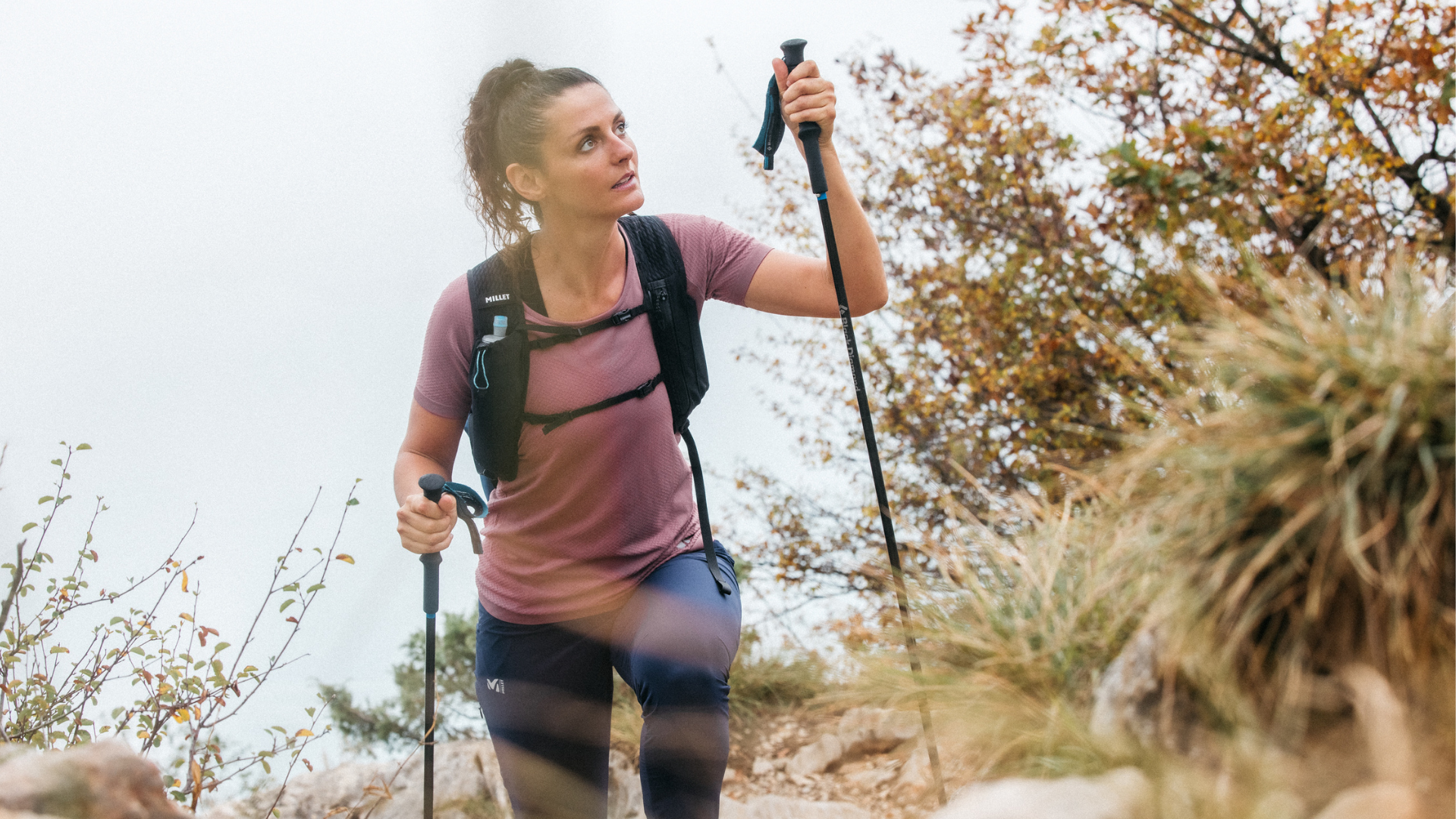Designed specifically to meet the constraints of
this discipline with growing success, Nordic walking poles are single-stranded, that is to say composed of a single tube .
This type of pole cannot therefore be adjusted in height and is chosen according to its size, like ski poles. Made from a mixture of alloy and carbon , these poles are above all developed to provide great dynamism . The higher the carbon content, the lighter the poles will be and will absorb vibrations .
Finally, they have a gauntlet strap ensuring
excellent grip and optimal arm movement.
Quite exclusive in their design, these sticks are not
therefore not suitable for use while hiking.





